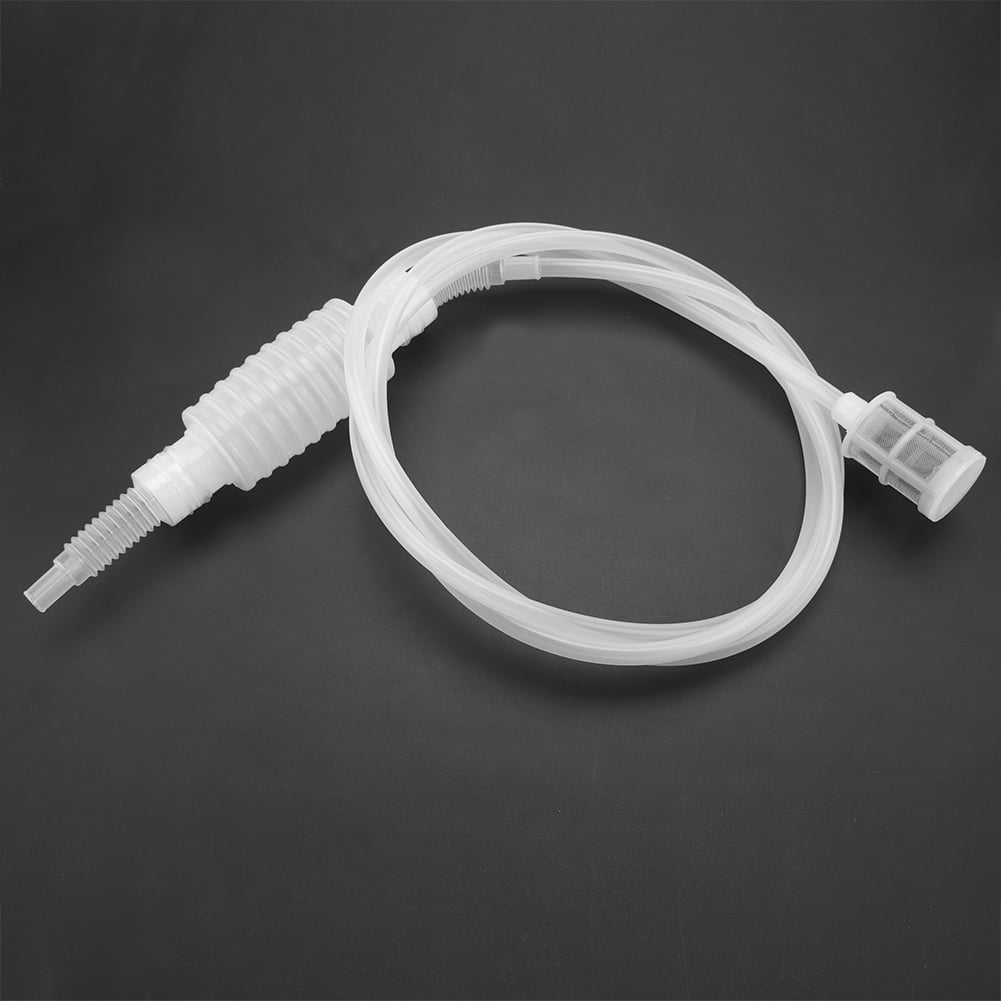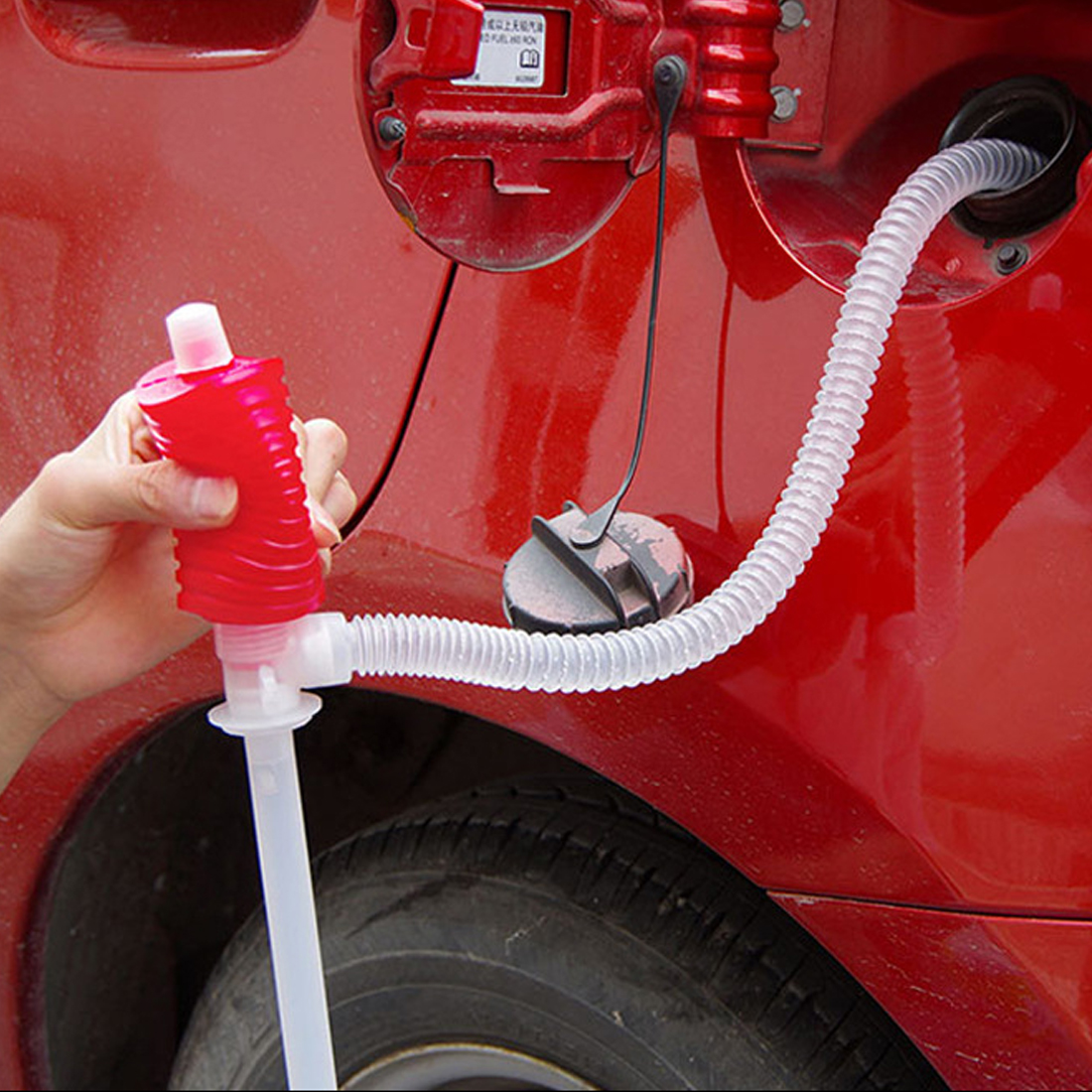
This has previously been reported when the height of syringes and syringe pumps have moved in relation to intravenous sites in patients 8– 11 but has not been reported with CSII use. Fluctuations in insulin delivery may arise when the pump's height, relative to the cannula, changes during normal use. The occlusion alarm on all pumps will sound if delivery is interrupted by a blockage but will not sound if there is a failure at the insertion site.Īnother issue that has not been addressed adequately is the siphon effect in CSII tubing this may affect the accuracy of insulin delivery. Although blockage and kinking of tubing is rare, it can occur. 7 Insulin delivery may be inaccurate due to a failure to purge air from the syringe and to correctly prime the infusion set. Hyperglycemia that is not detected may lead to diabetic ketoacidosis.

In addition, air bubbles may occur in the tubing, which will interrupt insulin delivery. Unexplained hyperglycemia may occur due to pump tubing occlusion or an infusion site catheter that has become dislodged or was not inserted correctly. 6įor all improvements in glucose control with CSII, problems may occur if patients and health care providers are not aware of, or educated about, potential issues. Although the initial cost of obtaining a pump and the supplies may be high, medical complications of diabetes may be reduced long term, thus reducing the overall medical cost while improving quality of life. 5 The use of pumps is increasing, the market is expanding to include individuals with type 2 diabetes, and the cost of pumps and supplies is often covered by medical insurance, including Medicare and Medicaid after approval. It is now estimated that approximately 375,000 people use insulin pumps to control their diabetes. Unfortunately, with tight glucose control, the possibility of severe hypoglycemia increases the use of CSII and rapid-acting insulin analogues has improved glucose control without increasing the incidence of severe hypoglycemia.
#4 syphoner comp trial
1– 3 The landmark study by the Diabetes Control and Complications Trial 4 demonstrated that tight glucose control decreases the incidence and severity of diabetes-related complications.

Studies comparing CSII to multiple daily injections have shown improvements in hemoglobin A1c, blood glucose control, and quality of life. The lives of people with diabetes have been improved significantly with the use of continuous subcutaneous insulin infusion (CSII) pumps.


 0 kommentar(er)
0 kommentar(er)
